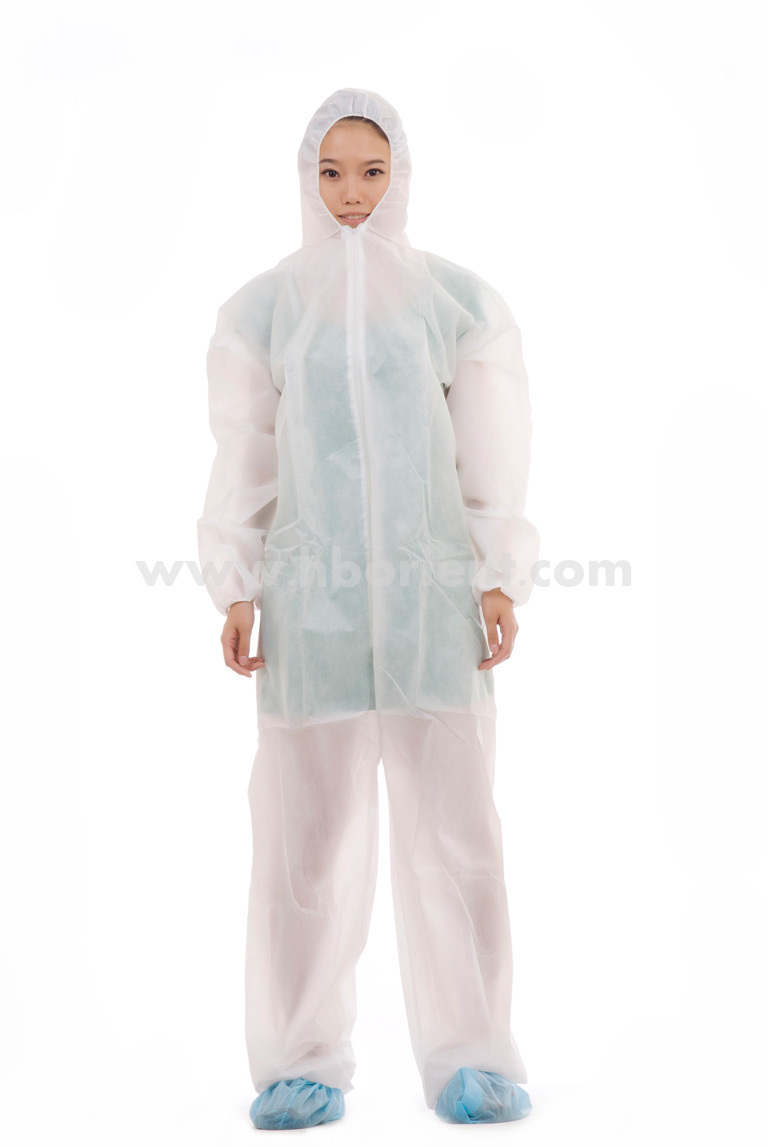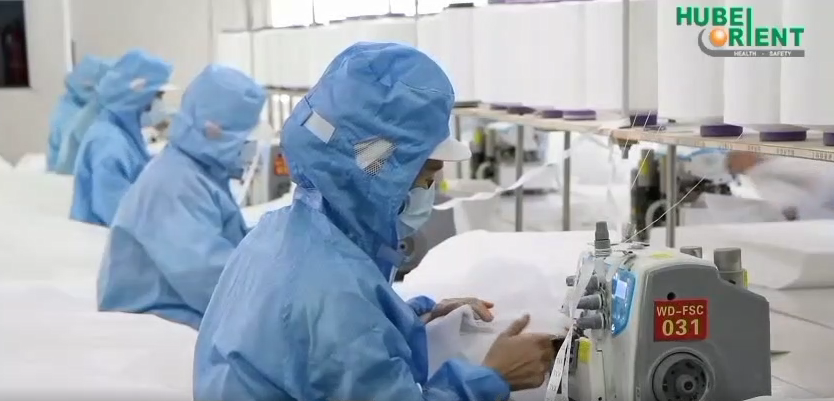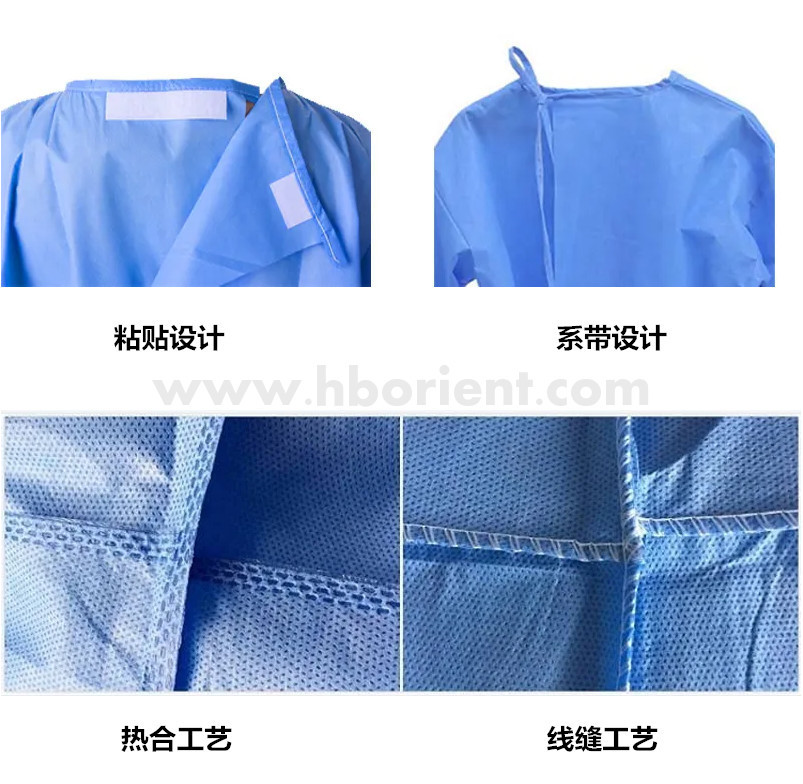How to Incorporate 510K Surgical Gowns Into Your Infection Control Protocols
2025-05-21
How to Incorporate 510K Surgical Gowns Into Your Infection Control Protocols
Table of Contents
- What Are 510K Surgical Gowns?
- The Importance of Infection Control in Healthcare
- Understanding Regulatory Requirements for Surgical Gowns
- Integrating 510K Surgical Gowns Into Infection Control Protocols
- Best Practices for Using 510K Surgical Gowns
- Training and Education for Healthcare Staff
- Monitoring and Evaluating Infection Control Protocols
- Future Trends in Surgical Gown Technology
- Frequently Asked Questions
What Are 510K Surgical Gowns?
510K surgical gowns are **medical garments** that meet specific regulatory standards set by the U.S. Food and Drug Administration (FDA). The term "510K" refers to a section of the Food, Drug, and Cosmetic Act, which allows medical device manufacturers to demonstrate that their products are substantially equivalent to a similar, legally marketed product. These gowns are designed to provide a barrier between the healthcare provider and the patient, protecting both parties from **infection** and contamination during surgical procedures. The gowns are classified based on their intended use and level of protection, which includes **impervious materials** and **durable construction**.
The Importance of Infection Control in Healthcare
Infection control is a critical aspect of healthcare that aims to prevent and minimize the spread of infections within healthcare settings. Effective infection control protocols not only safeguard patients but also protect healthcare workers and visitors. The use of appropriate personal protective equipment (PPE), including 510K surgical gowns, plays a vital role in these protocols. By incorporating these gowns into your infection control strategies, you can:
- Reduce the risk of surgical site infections (SSIs).
- Enhance overall patient safety and care quality.
- Maintain compliance with regulatory standards and guidelines.
- Protect healthcare workers from exposure to infectious agents.
Understanding Regulatory Requirements for Surgical Gowns
Before incorporating 510K surgical gowns into your infection control protocols, it is essential to understand the regulatory framework surrounding these garments. Surgical gowns fall under the category of **Class II medical devices**, which require manufacturers to submit a 510K premarket notification to the FDA. This notification must demonstrate that the gown is substantially equivalent to a previously cleared gown in terms of safety and effectiveness.
Key regulatory aspects include:
- Performance Standards: Surgical gowns must meet specific performance standards, including fluid resistance, tensile strength, and microbial barrier performance.
- Labeling Requirements: Proper labeling provides essential information, including the intended use, material specifications, and instructions for use.
- Quality Control: Manufacturers are required to maintain stringent quality control measures throughout the production process.
Integrating 510K Surgical Gowns Into Infection Control Protocols
To effectively incorporate 510K surgical gowns into your infection control protocols, consider the following steps:
Assess Current Infection Control Protocols
Begin by reviewing your existing infection control policies and procedures. Identify any gaps or areas for improvement, particularly concerning the use of PPE like surgical gowns. This assessment will help you determine the specific roles these garments will play in your infection control efforts.
Establish Guidelines for Use
Create detailed guidelines for when and how 510K surgical gowns should be used. Factors to consider include:
- Types of surgical procedures that require gowning.
- Specific patient populations that are at higher risk of infection.
- Situations where gown use may be optional versus mandatory.
Best Practices for Using 510K Surgical Gowns
Implementing best practices in the use of 510K surgical gowns can maximize their effectiveness as part of your infection control protocols. Here are some recommendations:
Select the Right Gown for the Procedure
Choose the appropriate gown based on the procedure's specific requirements and the level of protection needed. Factors to consider include:
- The potential for fluid exposure.
- The duration of the procedure.
- The presence of multi-drug resistant organisms.
Proper Donning and Doffing Procedures
Ensure all staff members are trained in the correct methods for donning (putting on) and doffing (taking off) surgical gowns. This training should emphasize the importance of minimizing cross-contamination during the process. Key steps include:
- Performing hand hygiene before gowning.
- Using appropriate techniques to avoid touching the exterior of the gown.
- Following a sequence for doffing to prevent exposure to contaminants.
Training and Education for Healthcare Staff
Ongoing training and education are essential components of successfully integrating 510K surgical gowns into your infection control protocols. Consider implementing the following strategies:
Regular Training Sessions
Schedule regular training sessions to keep staff updated on the latest infection control practices and gown usage guidelines. These sessions can include:
- Hands-on demonstrations of donning and doffing procedures.
- Updates on new gown technologies and regulatory changes.
- Discussions about real-life scenarios and challenges faced in the field.
Visual Aids and Resources
Utilize visual aids such as posters, checklists, and videos to reinforce proper gown usage and infection control practices. Place these materials in visible areas within surgical units to serve as constant reminders.
Monitoring and Evaluating Infection Control Protocols
To ensure the effectiveness of your infection control protocols, it is crucial to continuously monitor and evaluate their implementation. Here are some strategies:
Conduct Regular Audits
Perform regular audits of gown usage and adherence to infection control protocols. This may include observing staff during procedures, reviewing gown inventory, and assessing compliance with guidelines.
Gather Feedback from Staff
Encourage staff to provide feedback on the effectiveness of gown protocols. This input can help identify areas for improvement and foster a culture of safety and collaboration.
Future Trends in Surgical Gown Technology
The landscape of surgical gowns is continually evolving, driven by advancements in technology and material science. Future trends to watch for include:
Smart Gown Technology
Emerging smart gown technologies are being developed to monitor environmental conditions, detect exposure to pathogens, and provide real-time alerts. These innovations could further enhance infection control efforts.
Eco-Friendly Materials
As sustainability becomes a priority in healthcare, the development of eco-friendly surgical gowns made from biodegradable materials is gaining attention. These products can reduce environmental impact while maintaining safety standards.
Frequently Asked Questions
1. What is the difference between a 510K surgical gown and a regular surgical gown?
A 510K surgical gown is a type of medical device that has been approved by the FDA for its safety and effectiveness, while a regular surgical gown may not meet the same regulatory standards.
2. How often should surgical gowns be replaced during procedures?
Surgical gowns should be replaced whenever they become soiled or wet, or at the end of a procedure, depending on the level of exposure.
3. Are 510K surgical gowns reusable?
Some 510K surgical gowns are designed for single-use, while others may be reusable if they meet specific decontamination standards. Always follow manufacturer guidelines for use.
4. What should be done if a gown is torn during a procedure?
If a gown is torn, it should be changed immediately to maintain a protective barrier and minimize infection risk.
5. How can infection rates be monitored in a healthcare facility?
Infection rates can be monitored through regular reviews of patient outcomes, surveillance of surgical site infections, and compliance audits of infection control protocols.
Conclusion
Integrating 510K surgical gowns into your infection control protocols is a critical step in safeguarding both patients and healthcare workers from the threat of infections. By understanding the regulatory requirements, establishing clear guidelines, and implementing best practices, healthcare facilities can effectively utilize these gowns to enhance safety. Continuous training, monitoring, and adaptation to new technologies will further strengthen infection control efforts. Prioritizing these practices not only contributes to improved patient outcomes but also fosters a culture of safety within healthcare environments.
Latest News


Quick Navigation
Ammex-Weida(Hubei) Health and Safety Products Co.,Ltd (Chinese Version)
Contact Us
5F,BLDG No.8,SOHO Town,CBD,Huaihai Road,Jianghan District,Wuhan,Hubei,China
Copyright © Hubei Orient International Trading Corporation






